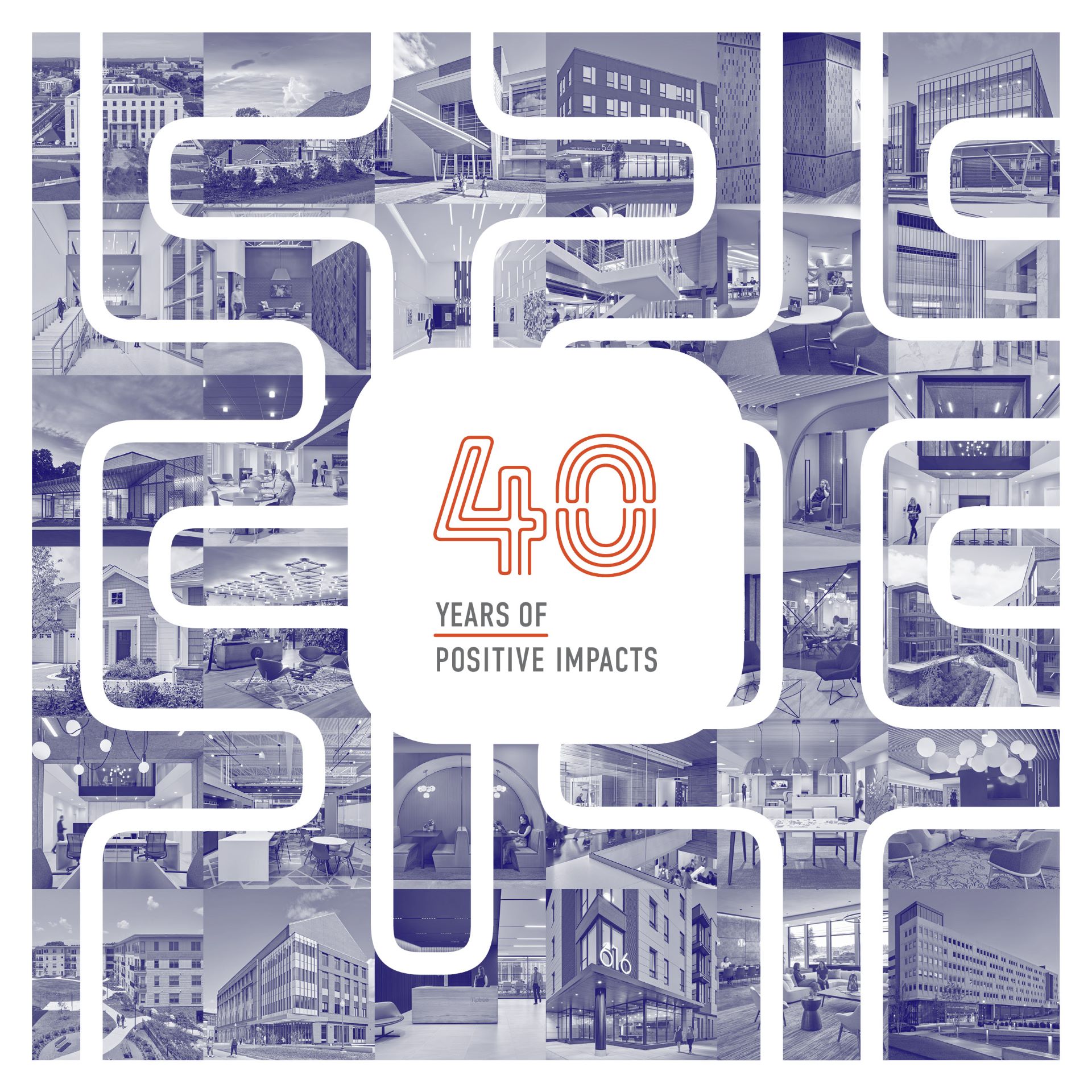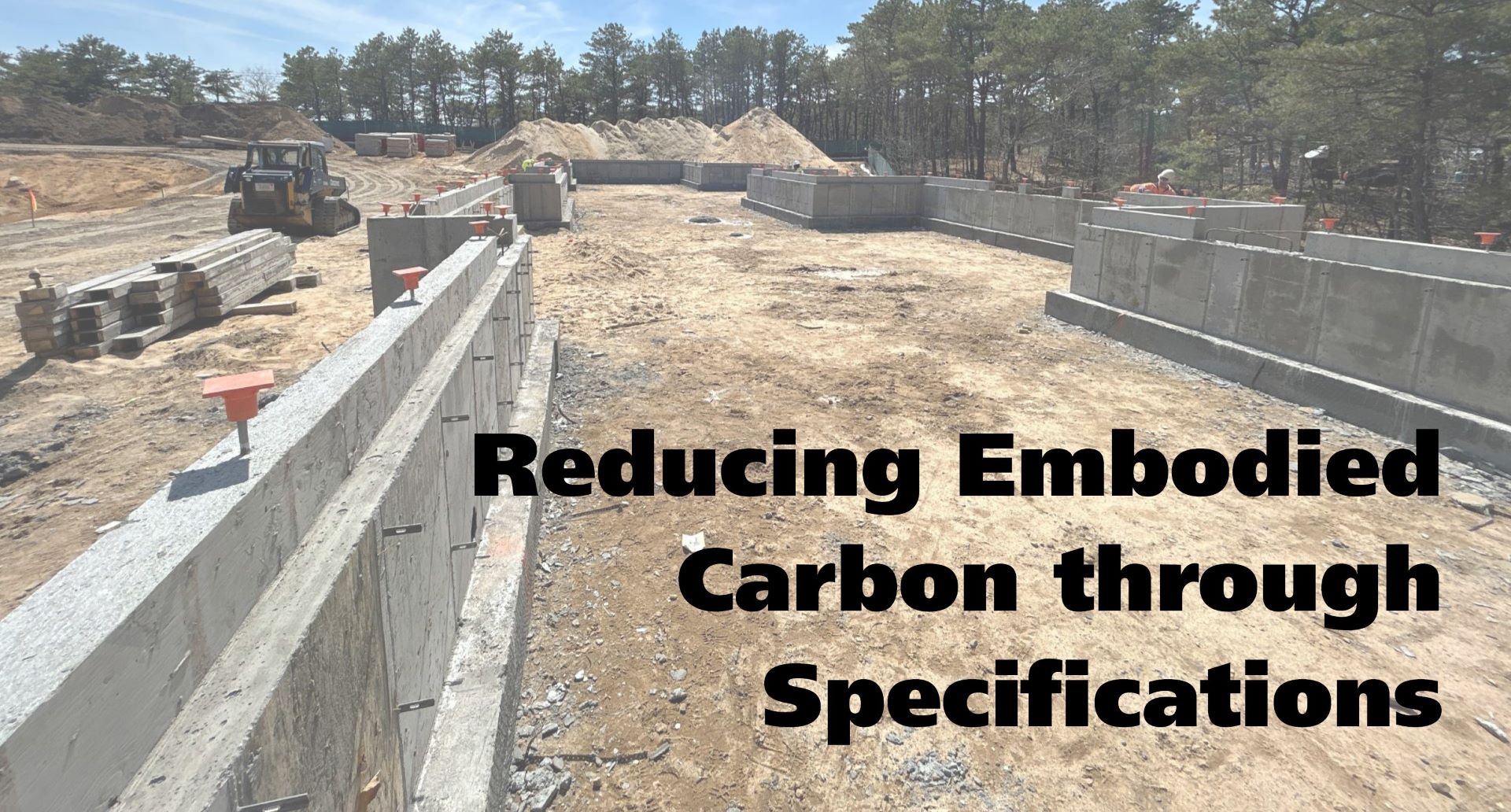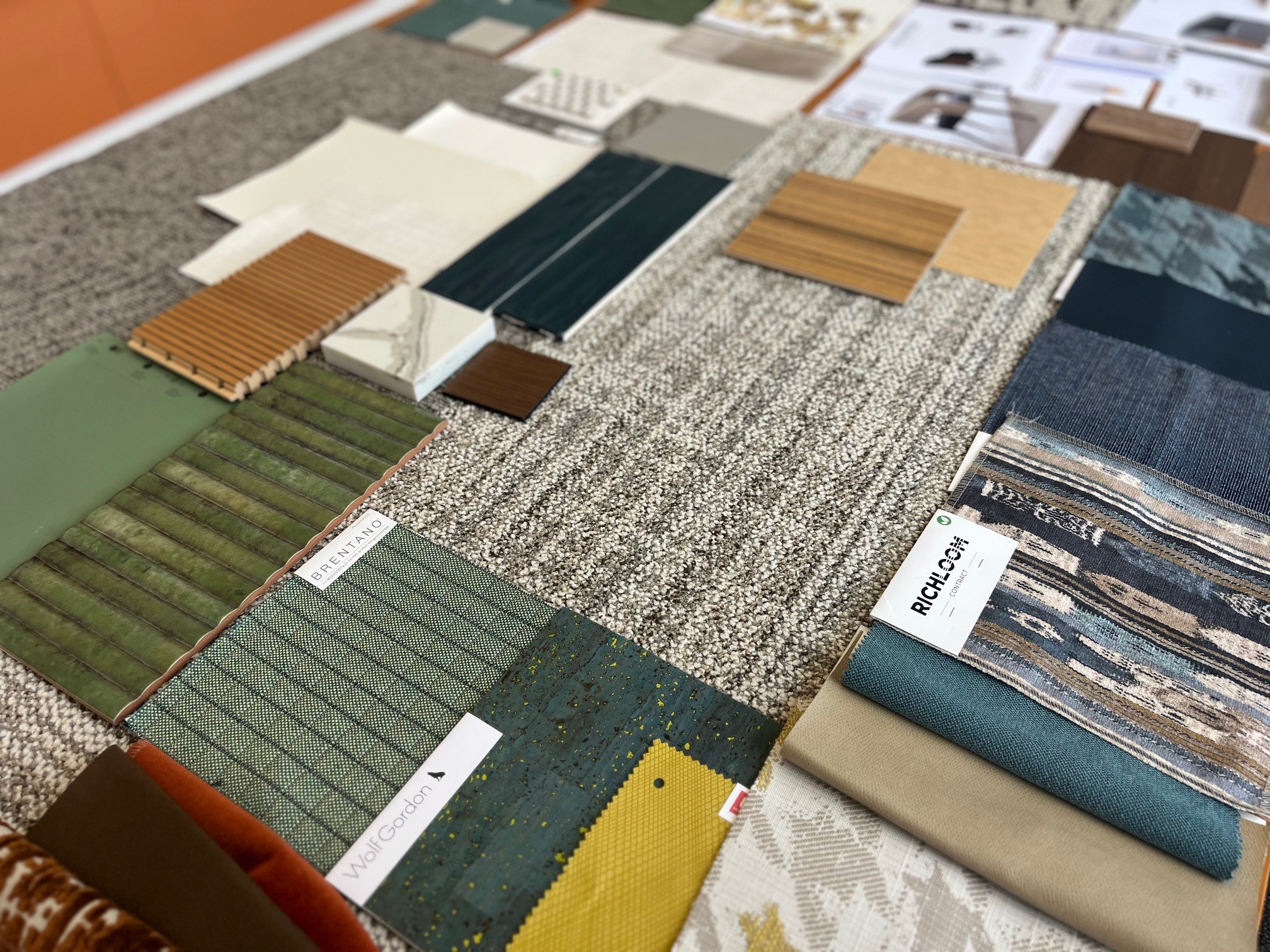A recent article by Gleb Tsipursky in Entrepreneur Magazine stopped us in our tracks. He wrote: “According to a recent survey conducted by job site Monster, more than one in four (26%) U.S. workers would rather undergo a root canal procedure than work in their offices five days a week.”
Wow. A root canal! Yet, as Forbes Magazine notes, worker disengagement is a big deal in our post-Covid world, with as many as 67 percent of employees not engaged in their jobs. Disengagement costs the U.S. $550 billion per year, according to the magazine. Staggering.
Since the pandemic shutdown in early 2020 that sent many knowledge workers packing their computers to work from home, the desire of employers to once-again get employees back into the brick-and-mortar office is not an easy proposition. Many companies learned workers were quite productive at home, and employees embraced their new flexibility. Employee voices carry new weight, and employers are learning to listen.
This is what we know:
- The hybrid work-week is here to stay.
- Work environments need spaces to accommodate collaboration, focused work, and fun, too.
- Employers need to provide an environment that supports both remote and in-person workers and create an office experience that makes it compelling for people to endure the commute.
- Employees want a workplace more like home.
What we don’t know:
- What will it take to make the hybrid work-week a success for employees and employers?
- What type of environment best supports both remote and in-person workers?
- In this new world of work, how can we create an environment that promotes well-being, safety and a sense of belonging?
- What creates a great work experience?
We are beginning to see employers embrace the idea of a variety of work “spaces.” When is a sofa better than a desk? When is a huddle room better than a conference room? Why not a library for focused work? Breaking an office floorplan into “neighborhoods” can enhance team work. Sit-to-stand desks and coffee bars are becoming standard issue.

Shown above: Prolific Interactive, Remedy Partners, The Hartford Steamboiler Inspection and Insurance Company, Inc.
We also see employers embracing the use of sustainable materials and lots of natural light for health and wellbeing. They are installing new technologies that can go a long way to enhancing meaningful connectedness and communication. All these things help employees feel safe and supported.
The biggest casualty of the work-from-home movement has been company culture, that which gives purpose and meaning to work, collegial mentorships that help one grow and develop professionally, the creative brainstorming, the conversations that transfer and instill company values. Isolation left people feeling disconnected. A Zoom call doesn’t take the place of serendipitous exchanges with colleagues. Nor does it allow people to connect with each other in basic human ways, like sharing lunch, going together to a ballgame or a team-building retreat.
One way to create an employee experience that reinforces that critical sense of belonging is the use of great design to leverage what is unique about a company’s culture, vision, values and brand.
All of our clients have one thing in common: they all agree that design matters. Companies see their employees demanding exceptional spaces that will make them want to leave their home. You won’t return to the office unless the environment exceeds the home workplace; one that fosters collaboration, socialization, and engagement, while also providing an opportunity for heads down work, increased productivity, and a healthy environment. That doesn’t come together by chance. The novelty of working at home is definitely wearing off, but you need to provide a well-designed workplace that checks all the boxes and makes employees want to return.
Thomas Quarticelli, Amenta Emma Workplace Studio Principal
For a company focused on solving the world’s water problems, an innovation center is a maker space for big ideas. For a confectionary company whose motto is, “We promise happiness in every bite,” the solution was a happy, energetic place with distinguishing graphics in fresh primary colors that captured the company and individual brand stories. An aerospace company highlights its history, product line and capabilities with a dramatic 150-foot-long graphic mural. Talk about inspiration. Collaboration and synergy for a construction company is reinforced with indoor-outdoor connections and outdoor social space with beautiful views.

Shown above: Xylem, Pladis, Kaman Specialty Bearings and The O’Connell Companies.
Designers can’t solve the issue of who needs to be where and when, or how to make the much-treasured flexibility work best for everyone. But they can dig deep to help discover what motivates and inspires and reflects a company’s shared values to make a workplace that is a worthy destination.







